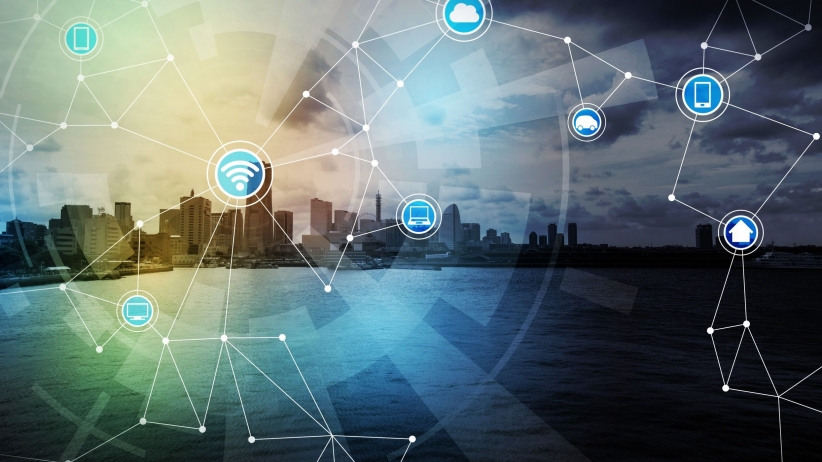Ask most people today what comes to mind when they hear “Wi-Fi,” and the answer is almost certainly how they get online.
It’s the core infrastructure that will connect our online and offline worlds, dramatically improving the majority of real-world experiences through personalization, pioneered online to our everyday lives.
In the future, we’ll equate it with the utilities we take for granted – running water, electricity and sewage. It is the center of the Internet of Things (IoT) – the essence of the logged-in experience we’ll come to enjoy in the future.
Here’s how and why it will happen.
Wi-Fi and smartphones are nearly entirely found everywhere.
We already know that by 2018, it will be easier than ever to access Wi-Fi.
By 2020, 80 percent of adults on the planet will have a smartphone. Today, in the U.S. alone, market penetration is already at approximately 80 percent.
Phones are getting smarter and cheaper, and consequently, they’ve transcended socioeconomic and geographical borders, democratizing access to information and connecting the world at an unprecedented scale and speed.
In short, most of us will have the tool we need to get online in an instant, and the infrastructure that’s needed to make it happen is pretty much already in place.
Consumer expectations are increasing.
Forrester recently observed that customers want personalized and consistent experiences from companies – regardless of industry or geography. Our experiences with online retail are highly personalized, curated for us, and consequently, our expectations around what it means to buy, have been ratcheted up.
We expect personalization, delivered efficiently, even automatically. We reward those that do it well, like Amazon and Apple, and punish those that don’t provide it.
Physical spaces will need to become aware of who we are.
Now that most human beings are online, the question is what’s next?
The answer is the IoT – developing smart physical objects that make our lives easier, more interesting, more efficient and even more entertaining.
s things and places follow the lead of human beings and connect, the need for an identity management infrastructure in the physical space has never been greater.
You can’t personalize the physical world without data.
That’s been true of our experiences online, which are all shaped by data about us, even if it’s largely behind the scenes.
Think about Amazon: You log in, and it suggests a repurchase of dog food because its algorithms indicate you’re probably running low, which just so happens to be the case.
The same is true of the physical world. It will need to understand a bit about us – to be aware of who we are inside those spaces — to provide the personalization that we expect (assuming we provide our permission).
This is already passively happening at home and at work. The system is technically aware we’ve arrived because we’re automatically logged in. The Wi-Fi recognizes your phone; trusts it since you’ve logged on in the past and connects you automatically. In the future, it will be more prevalent.
But what about data privacy?
The common misconception about Wi-FI is one of a future devoid of privacy, a dystopian Minority Report-like paradigm. But in fact, this just is not the case.
This will be a permissions-based world. Don’t want a store to know who you are? Don’t log in, or simply turn off your Wi-Fi while you shop. But it’s likely that most of the time, you’ll opt in because retailers and others will make a compelling case for you to do so.
The future is here, and it’s now. Evolve or die.



